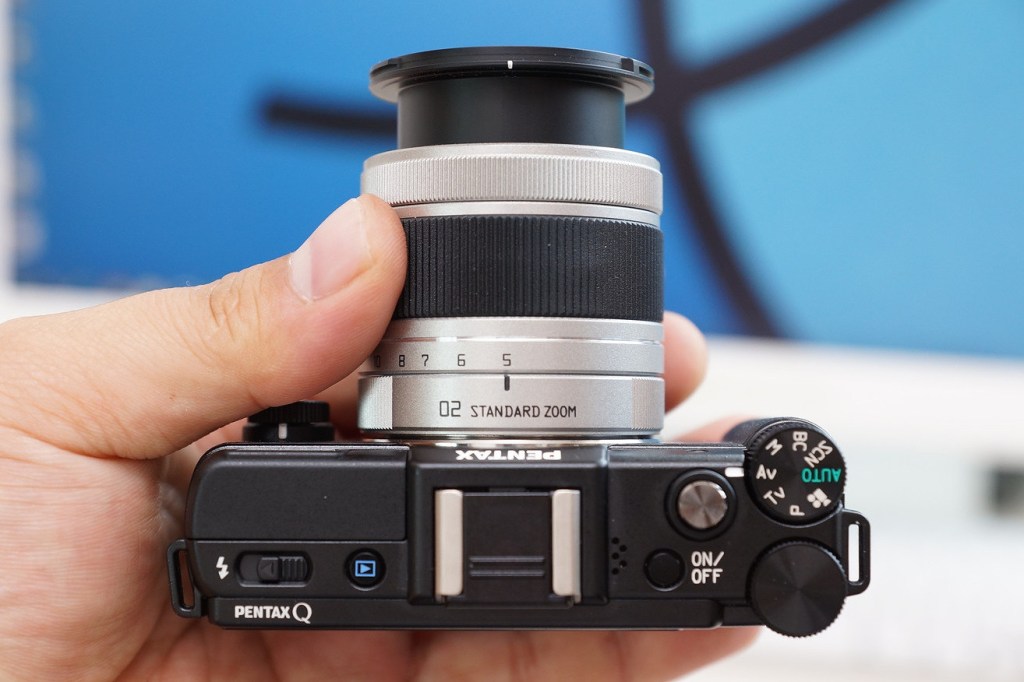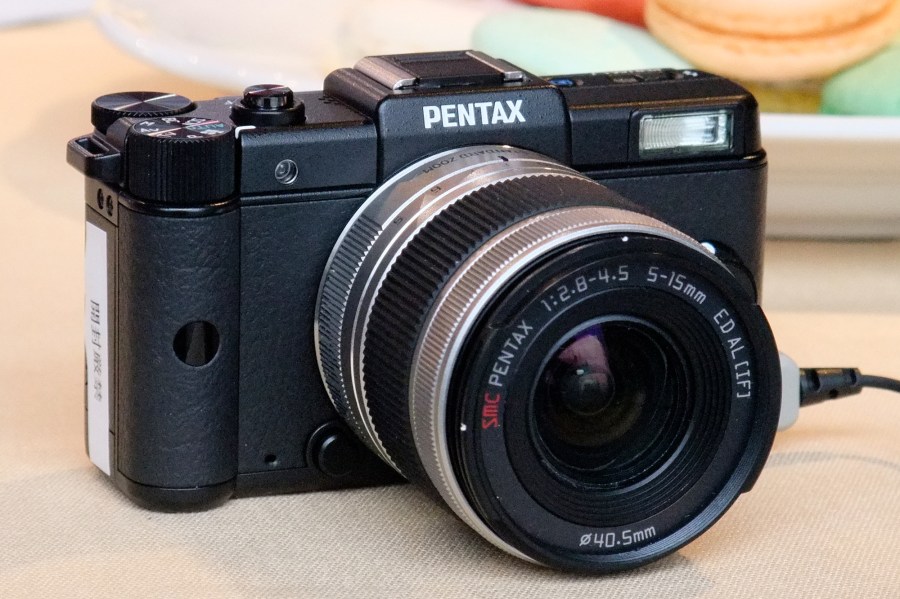Hear me out – I think it’s the right time for the Pentax Q to make a comeback. In fact, I think it’s the perfect time. If you’re familiar with the Pentax Q, you might already be thinking this is ridiculous. But if the cheap pocket-sized compact camera can return, why not a tiny mirrorless system?
The Pentax Q system launched in 2011. It was, and remains, the smallest interchangeable-lens mirrorless system around; the first camera, simply called the Q, had dimensions of 98×57.5x31mm. Three more cameras followed – the Q7, Q10 and Q-S1 – the last of which arrived in 2014. Eight lenses were released for the system, and its 1/2.3-inch sensor meant that they were truly tiny. Even the 70-200m zoom and 100mm prime could fit in a pocket!
Ultimately though, the Q system failed. Reviewers near-universally agreed that a 1/2.3-inch sensor was simply too small for serious image-making (the larger 1/1.7-inch sensor in later models did little to solve this – but let’s put a pin in that). The arrival of the full-frame mirrorless Sony A7 series in 2013 also meant that mirrorless cameras no longer needed to market themselves so heavily on portability and convenience, as they now had the quality to compete with DSLRs. Tiny mirrorless cameras went out of fashion; the Pentax Q was discontinued and all but forgotten.

Now, fast-forward to 2025. More images are taken every day on 1/2.3-inch sensors than all other sensor sizes combined, since this is the most common sensor size for a smartphone. As such, many big tech firms have invested heavily in making images from these sensors look as good as possible. Full-frame mirrorless cameras, meanwhile, have ballooned in size, resolution and price, putting many of them out of reach of the average hobbyist, who is also feeling the pinch of increased costs across the board. Cheap, pocketable compact cameras are back in vogue, with a new generation of users treating their digital scuzziness as a feature rather than a bug. Do you see what I’m getting at?
Pentax were using digital filters long before film simulations came along
I believe that a refreshed, re-released Pentax Q system could be an absolute slam dunk in the 2020s. The cameras still have their share of devoted fans, who love them as daily drivers for their convenience and in particular the pop of their colours thanks to those creative digital filters (which pre-date Fuji’s Film Simulations, by the way). A refreshed version, maybe with a sprinkle of 2020s image processing, could be a huge hit with the kinds of people who’ve flocked to the Camp Snap, who love Instax prints, or who buy old X100 cameras on eBay. And with a set of cute little lenses you can keep in your pocket, it’d offer something those cameras can’t, especially as the Q has a real pop-up flash built-in.
I do have one word of warning, however, to any Pentax-Ricoh executives reading this and starting to get those cartoon dollar-signs in the eyes: you have to make it affordable. You have to. I appreciate that it’s not going to be a $65 Camp Snap, but it also can’t be an $849 Fujifilm X-half (and frankly I think you were cheeky with the Pentax 17). Price this right, and it could sell in droves. Get it wrong, and it could start to feel like 2014 all over again.
Related reading
- What are the best small mirrorless cameras?
- Best compact cameras – pixel perfect point and shoot cameras
- Vintage digital cameras you should actually buy
The views expressed in this column are not necessarily those of Amateur Photographer magazine or Kelsey Media Limited. If you have an opinion you’d like to share on this topic, or any other photography related subject, email: [email protected]







